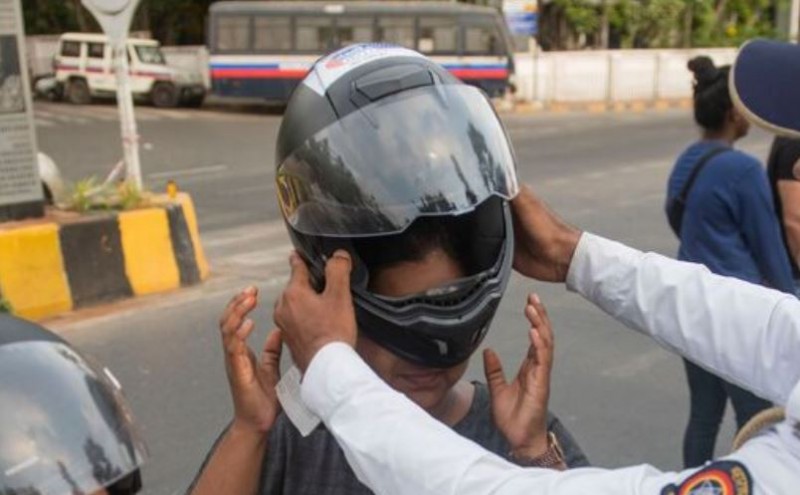
In order to decrease road accidents and casualties, the World Health Organization (WHO) has produced guidelines recommending the usage of helmets for both two- and three-wheelers globally. The guidelines are intended to inform riders of two- and three-wheeled vehicles about the advantages of donning a helmet and the proper equipment that might potentially save lives. With assistance from specialists at the Indian Institute of Technology, WHO developed the guidelines (IIT). To decrease fatalities or injuries in cases of traffic accidents, the standards also address pedestrian safety.
WHO recommendations state that people should wear full-face protective helmets. It also states that for maximum safety, helmets must be securely fastened. The global health watchdog estimates that wearing one of these helmets might reduce fatal injuries by up to 64% and brain damage by up to 74%.
The recommendations come at a time when Cyrus Mistry's death last weekend has reignited the national conversation about road safety in India. In India, two- and three-wheeled vehicles were involved in about half of all traffic accidents in 2021. According to a report released by the National Crime Record Bureau (NCRB), two-wheelers were involved in more than 44% of all traffic accidents that occurred in India last year. The majority of these collisions were caused by excessive speed. Nearly 70,000 individuals, or about half of the 1.6 lakh fatalities in road accidents overall, were killed in two-wheeler accidents last year.
According to the WHO, the use of two- and three-wheelers has significantly expanded in South East Asian nations. WHO estimates that two- and three-wheelers contributed to 43% of all traffic-related fatalities in the South East Asian region. Dr Nhan Tran, WHO's Director of Safety and Mobility, said, “These new manuals are crucial tools to help policymakers build the safe mobility systems we need to halve deaths from crashes by 2030. With poor infrastructure, pedestrians, particularly in developing countries, are often left dangerously exposed. Motorcycles, scooters, bicycles and e-bikes continue to proliferate fast and the use of life-saving helmets is a must."
The specialists from IIT Delhi stated that among the most vulnerable victims of traffic accidents are also pedestrians. Between 2013 and 2016, pedestrian fatalities increased at a rate that was almost twice as fast as all other types of traffic fatalities. In India, pedestrian deaths in traffic accidents are ranked third in 2021 and account for more than 12% of all accidents. "Pedestrian deaths account for around 30 per cent of all deaths from road traffic crashes in India. In some large Indian cities, the proportion of pedestrians killed is up to 60 per cent of all road traffic deaths," said Geetam Tiwari, a professor at IIT Delhi.
Road accidents claim the lives of about 1.3 million people per year, according to WHO estimates, and around two people per minute. According to WHO statistics, vehicle accidents are the top cause of death for children and young people worldwide between the ages of 5 and 29.